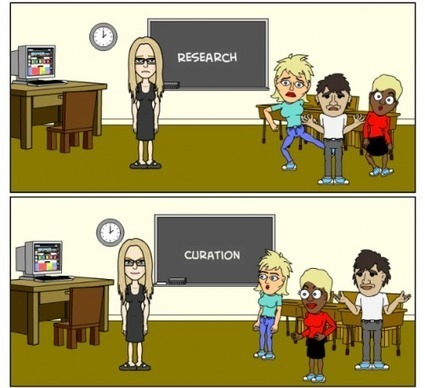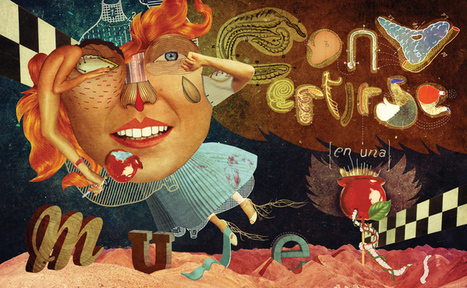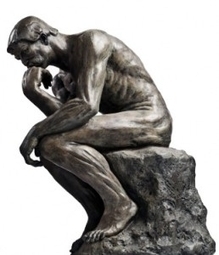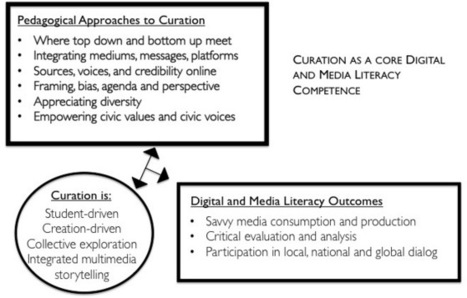Via Robin Good
Get Started for FREE
Sign up with Facebook Sign up with X
I don't have a Facebook or a X account
 Your new post is loading... Your new post is loading...
 Your new post is loading... Your new post is loading...
Sample Student's curator insight,
May 5, 2015 10:14 PM
We often ask our students to create annotated bibliographies, and this focuses on their capacity to evaluate and make decisions about the validity, reliability and relevance of sources they have found. using Scoop.it, we can ask them to do much the same thing, but they will publish their ideas for an audience, and will also be able to provide and use peer feedback to enhance and tighten up their thinking. This is relevant to any curriculum area. Of course it is dependent on schools being able to access any social media, but rather than thinking about what is impossible, perhaps we could start thinking about what is possible and lobbying for change.
Sample Student's curator insight,
May 5, 2015 10:18 PM
We often ask our students to create annotated bibliographies, and this focuses on their capacity to evaluate and make decisions about the validity, reliability and relevance of sources they have found. Using Scoop.it, we can ask them to do much the same thing. But they will publish their ideas for an audience, and will also be able to provide and use peer feedback to enhance and tighten up their thinking. This is relevant to any age, and any curriculum area. Of course it is dependent on schools being able to access social media. But rather than thinking about what is impossible, perhaps we should start thinking about what is possible, and lobbying for change. Could you use a Scoop.it collection as an assessment task?

Gust MEES's comment,
August 9, 2012 6:50 PM
Hi rosemary,
I made a Typo, sorry. I forgot the "a" in "Red more", please add it, thx in advance. greetings, Gust |

Diana Juárez's curator insight,
April 26, 2015 1:27 PM
La curación como herramienta pedagógica para propiciar el pensamiento crítico en la educación. 
Bárbara Mónica Pérez Moo's curator insight,
August 12, 2015 9:16 AM
Habilidades digitales y pensamiento crítico. |

















Thanks for your sharing.It is one of the challenges we have: to have people in this world with critical thinking.As a teacher, I am sure we will get it.
Martha
Useful for educators - key digital literacy skill
content curation and critical thinking skills